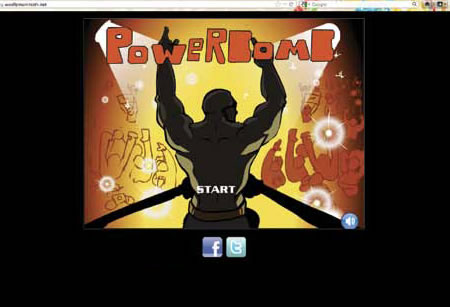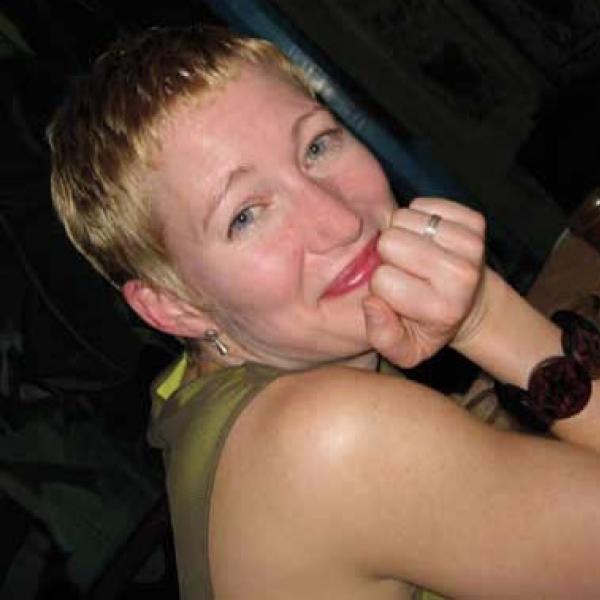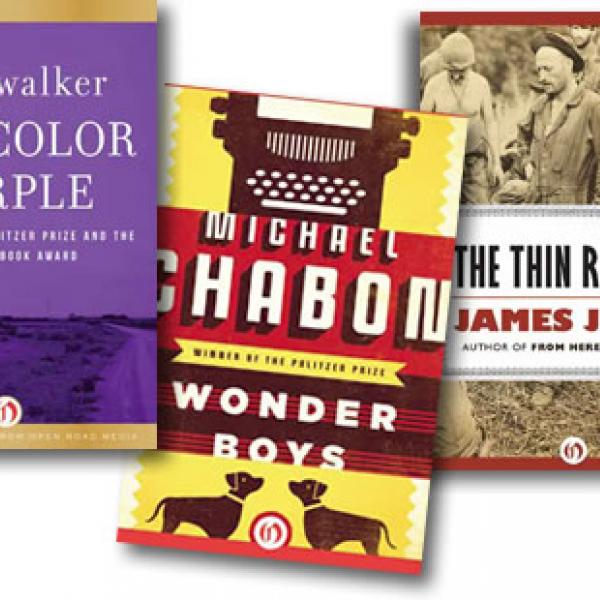Theater Goes Transmedia

Visit the website meetverastark.com and you’ll learn about one of America’s greatest actresses, a woman referred to as a teacher, singer, lover, civil rights activist, and femme fatale. You can read excerpts from her autobiography, It Rained on My Parade, and see a photo from her final performance at the Folies Bergère in Las Vegas. There’s even a documentary video that outlines her breakout film role as “Tilly the maid” in The Belle of New Orleans.
The only catch? Vera Stark isn’t real. The iconic diva of screen and stage is in fact a figment of Lynn Nottage’s imagination, first brought to life in a production at Second Stage Theatre in New York City. The Pulitzer Prize-winning playwright not only wrote the play, By The Way, Meet Vera Stark to be performed by Second Stage, but also created the additional written content that would become meetverastark.com.
Nottage’s journey into transmedia storytelling didn’t blossom in a vacuum, nor is it alone in its approach to breaking boundaries within the world of theater. Thanks to a collaboration between the Black Women Playwrights’ Group(BWPG) and Carnegie Mellon University’s Entertainment Technology Center(ETC), a small but enthusiastic movement toward transmedia theatrical experimentation has begun to grow—and according to those involved, this is just the beginning.

GOING TRANSMEDIA
Founded and run in the Washington, DC, metropolitan area, the Black Women Playwright’s Group has spent more than two decades advocating for playwrights of color, first locally and then, with the advent of the Internet, on a national level. For playwright Karen Evans, the group’s founder and president, inspiration to explore transmedia storytelling came as a result of a national meeting held by the organization in 2008. “We gathered 100 playwrights and scholars in Chicago, people at all stages of their careers,” said Evans. “One of the points of the conference was to ask our members, How can we help? What can we do to make your professional and creative lives better?”
A key theme that emerged from the resulting discussions was equal parts technology and opportunity. “The playwrights wanted to know more about the intersection of digital media and theater,” Evans recalled. “The rate of productions at regional and community theaters is less than two percent for women of color. Information is power, and we predicted that learning more about digital media could help us get more productions and reach more people with our work.”
One of Evans’ board members introduced her to the Entertainment Technology Center at Carnegie Mellon University (CMU), a unique program that offers a two-year professional master’s degree, from which graduates regularly go on to work for DreamWorks, Pixar, Disney, and other companies. Conversations and meetings followed, culminating in a visit by Evans to Pittsburgh—and a gutsy pitch made to the center’s then-director, Don Marinelli, who cofounded the program at CMU.

“I told him that I wanted to put together playwrights, theaters, and universities that focus on computer technology,” she said. “Ideally, we could create a model and a template that makes online content accessible and workable for playwrights as an extension of their work in the theater. Don said, ‘Okay, we’re game.’ So we started working together.”
Evans gathered a small group of willing independent theaters into the fold, including Steppenwolf Theatre Company in Chicago and Penumbra Theatre in Saint Paul, Minnesota. “I told my colleagues at each company that, for this project, I wanted them each to find a playwright to partner with. Then that playwright would write additional online content and the students at Carnegie Mellon would bring it to life.”
Chris Klug, a video game designer, playwright, and former Broadway lighting designer who serves on the faculty at ETC, worked on the project from the beginning. “We were thrilled to be part of this collaboration, and the basic premise attracted our students,” he said.
As part of their education, ETC students participate in rigorous independent projects. “They spend 60 hours per week working with outside parties and organizations,” Klug said. “It’s 90 percent of their course load for a semester, so as an organization we very carefully pre-vet projects before we decide to staff them with people from our program.”
Klug described the students who volunteered for the transmedia collaboration as both highly enthusiastic and diverse in background. “One was a playwright, another was a former ad exec for Google who was interested in writing, two more were video game programmers, and two more were artists and animators,” he said. “Students don’t come to this center specifically to work on interactive theater, and we don’t have any agenda to formally promote it—but the idea excited them. They were thrilled to be involved and I was very happy with how they performed.”
MAKING ART ON STAGE AND ONLINE
The Black Women Playwrights’ Group and CMU’s first two collaborative productions launched in 2012. Nottage’s previously described work on By The Way, Meet Vera Stark received special funding from the Mellon Foundation via a commission. “For a work of theater, that was a big deal,” commented Evans. “We’re still working on the website for her next production. There are already four productions, and we are continuing to add another interactive level to the show.”
The second playwright to participate was Kristoffer Diaz, a Brooklyn resident who was honored with the New York Times’ 2011 Outstanding Playwright Award. His creation, The Elaborate Entrance of Chad Deity, received productions at the Woolly Mammoth Theatre in Washington, DC, and the Dallas Theater Center—as well as a custom video game programmed and posted as part of the BWPG and CMU collaboration. “We created a very simple game that carries forward the theme of the play,” said Evans. “The poor hero gets beaten up all the time, so you actually get points if you lose,” she continued with a wry laugh.
“It went off very well,” added Evans. “The game launched on the web in time for each production and thousands of people played it.”
Evans was quite aware that, though Diaz is a playwright, he was not a black woman—and she celebrated the diversity that her program has helped foster. “We told our participant theaters to choose whoever they wanted, regardless of gender or ethnicity,” she said. “Each theater needed to believe in the playwright and play and we all knew that this project could not take any of those theaters outside of their missions. So the playwright partner had to be a natural selection, a like-minded soul who had the chops to write something great and was adventurous enough to try something very new.
“When we were first creating all of this, nobody knew where it was going, so everyone had to be game,” she added.

EXPANDING TRANSMEDIA STORYTELLING
Evans sees great potential in BWPG’s future transmedia endeavors. These include Harrison Rivers’ Look Upon Our Lowliness, a show that will be produced by the Movement Theatre Company in New York. Discussions are also underway with the Massachusetts Institute of Technology’s Media Lab and George Mason University, as well as an expanding roster of independent theaters, to foster future collaborations.
“The thesis that was presented to me the first time I met Karen continues to be something I’m astoundingly interested in, and something that’s important for the entire theater community,” said Klug. “It’s incumbent on theater communities to reach out, since audiences in their 20s who consume stories via games, TV, and film often don’t even know that live theater exists. All of us who are involved in this field need a way to get them to be aware of it.” Klug is convinced that, as evidenced in no small part by his own students’ enthusiasm, such people “will love theater for the unique nature of its physical, actual performance.”









